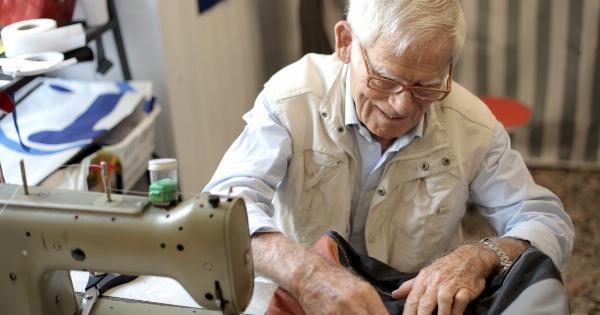Genital installation, also known as genital modification, refers to any deliberate alteration or modification of the genitals for aesthetic, cultural, or personal reasons. This can include procedures such as genital piercings, implants, or tattoos.
While these procedures can be a form of self-expression and body modification, it is crucial to prioritize safety and take precautions to avoid injuries. In this article, we will discuss essential tips and safety measures to protect yourself from injuries during genital installations.
1. Choose a Professional and Experienced Practitioner
The first and most important step in protecting yourself from injuries during genital installations is to choose a professional and experienced practitioner. Look for someone who is licensed and has a good reputation in the field.
Ask for recommendations from trusted sources, read reviews, and inquire about their training and experience. Working with a skilled professional significantly reduces the risk of complications and ensures that the procedure is performed safely.
2. Research the Procedure Thoroughly
Before undergoing any genital installation procedure, it is essential to research and educate yourself about the specific procedure thoroughly. Understand the risks, potential complications, the aftercare required, and the healing process.
Knowing what to expect will help you make an informed decision and take the necessary precautions to prevent injuries.
3. Make Sure the Environment is Sterile
Ensuring a sterile environment is crucial to prevent infections and complications during genital installations. Make sure that the practitioner follows proper sterilization techniques and uses sterile equipment.
Disposable gloves, sterile needles, and appropriate disinfectants should be used to minimize the risk of infections.
4. Discuss Your Medical History
It is vital to discuss your medical history with the practitioner before undergoing any genital installation procedure. Certain medical conditions or medications can increase the risk of complications or interfere with the healing process.
Be open and honest about your medical history to ensure your safety during the procedure.
5. Follow Pre and Post-Procedural Instructions
Listen carefully to the instructions provided by your practitioner before and after the procedure. Pre-procedural instructions may include guidelines on hygiene, avoiding certain medications, or preparing the area for the installation.
Post-procedural instructions will typically cover aftercare, such as cleaning routines, avoiding swimming pools or hot tubs, and using appropriate cleaning products.
6. Watch for Signs of Infection
After any genital installation procedure, it is essential to monitor the healing process and watch for signs of infection. Symptoms of infections may include redness, increased pain, swelling, discharge, or unusual odors.
If you notice any of these signs, contact your practitioner immediately for further guidance.
7. Avoid Touching or Playing with the Installed Jewelry or Implants
Once the installation is done, try to avoid touching, playing with, or twisting the jewelry or implants unnecessarily. Excessive manipulation can interfere with the healing process, increase the risk of infections, and even cause injuries.
It is essential to be patient and let the healing process take its course.
8. Be Mindful of Clothing and Activities
During the healing process, be mindful of the clothing you wear and the activities you participate in. Tight clothing or rough fabrics can irritate the installation site and slow down the healing process.
Certain activities such as intense workouts or sexual activities may also need to be avoided until the area has fully healed. Follow the advice and recommendations of your practitioner to ensure a smooth healing process.
9. Seek Professional Help for any Complications
If you experience any complications or have concerns during the healing process, do not hesitate to seek professional help. Contact your practitioner immediately for advice and, if needed, schedule an appointment to have the issue assessed.
Prompt action can help prevent further complications and ensure a successful outcome.
10. Stay Informed and Updated
Lastly, staying informed and updated about genital installation practices and safety measures is vital. Join online communities or forums where you can learn from others’ experiences, ask questions, and stay up-to-date with the latest information.
By staying informed, you can make informed choices about your own safety and well-being during any genital modification procedures.






























